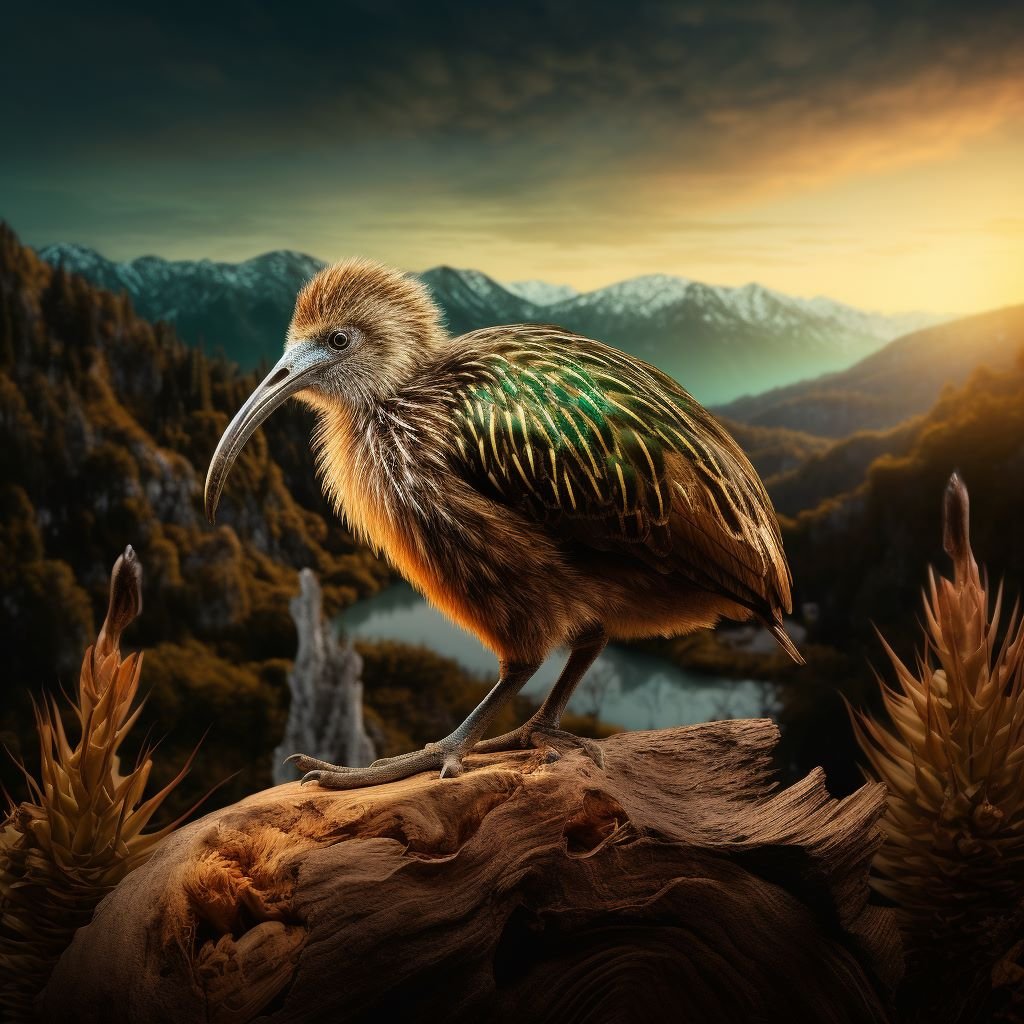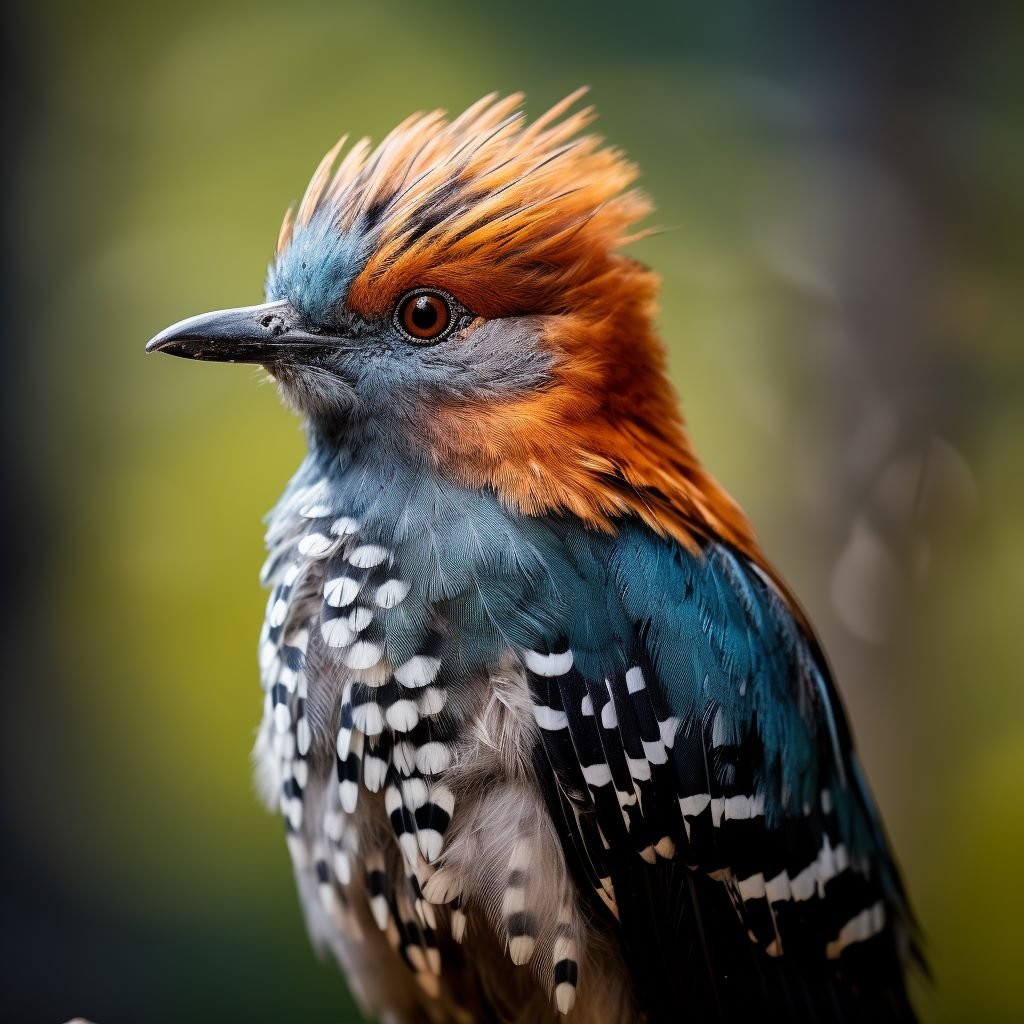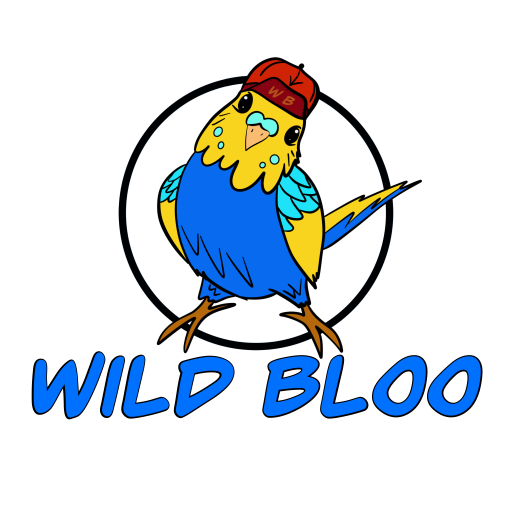Cracking the Enigmatic Chicken or Egg Paradox.
The “chicken or egg” paradox has perplexed humanity for centuries, transcending scientific debates to become a symbol of life’s intricate mysteries. The question seems simple: which came first, the chicken or the egg? However, its complexity goes far beyond its apparent simplicity, delving into the realms of science, evolution, and culture.
In this comprehensive blog post, we embark on a fascinating journey to unravel the enigma of the chicken or egg paradox. We’ll explore scientific theories and evolutionary perspectives that shed light on this age-old debate, all while diving into the unique reproductive processes of various bird species. By the end, you’ll have a newfound appreciation for the profound intricacies of life on Earth.
The Pinnacle of Reproduction.
To delve into the origins of the chicken or egg paradox, we must first appreciate the marvel of eggs. Eggs are nature’s ultimate reproductive achievement, offering a protective cocoon for developing life. From the tiniest hummingbird to the colossal ostrich, the process of egg-laying is both complex and fascinating.
Birds belong to a group of creatures known as oviparous animals, which means they reproduce by laying eggs. Understanding the evolutionary origins of eggs is key to our quest.
Evolutionary Origins of Eggs: A Dive into Deep Time.
To unearth the origins of eggs, we must journey back in time, eons before the dawn of chickens. The ancestral bird species from which modern birds, including chickens, descended was itself oviparous. Eggs, in various forms, have been integral to the survival of life on Earth for over 300 million years.
Ancient reptilian ancestors of birds, known as archosaurs, laid the foundation for egg-laying in birds. The transition from aquatic reproduction to terrestrial egg-laying was a monumental step in evolution. This shift allowed these prehistoric creatures to thrive on land, adapt to diverse environments, and eventually give rise to avian species.
The precise timeline of this transition remains a subject of scientific inquiry, but it’s safe to say that eggs significantly predate the existence of chickens.

Chicken: A Modern Avian Marvel
The domestic chicken, Gallus gallus domesticus, has undergone centuries of selective breeding by humans. This has resulted in various breeds, all originating from the red junglefowl, an Asian bird. Through this process, the modern chicken as we know it today emerged.
In the case of the chicken, it’s crucial to understand that it didn’t appear out of thin air. Evolution is a gradual process that occurs over countless generations. The transition from a non-chicken ancestor to a true chicken happened through genetic mutations. A specific mutation in the DNA of these ancestral birds led to the development of the first true chicken.
This mutation was responsible for the formation of a protein called ovocledidin-17, which plays a vital role in the formation of eggshells. The presence of this protein in the eggshell determines whether the egg will hatch into a chicken or another bird.
In essence, the eggshell had to evolve to accommodate the chicken’s unique genetic makeup. So, from an evolutionary standpoint, the egg, with its distinct characteristics, had to come first.

The Egg’s Role in Evolution.
The evolution of eggs in birds is a fascinating journey in itself. Over millions of years, eggs have diversified to suit various avian lifestyles. For instance, birds like penguins incubate their eggs by keeping them warm between their feet and abdominal folds. On the other hand, many birds, including the ostrich, bury their eggs in sand or soil.
The diversity in egg types, shapes, sizes, and incubation methods across avian species highlights the adaptability of eggs in the process of evolution. As a bird’s environment and behavior changed, so did its eggs. This versatility demonstrates how eggs have been a driving force in avian evolution.
Cultural Beliefs: The Egg as a Symbol of Life and Rebirth.
The chicken or egg paradox transcends science and reaches deep into human culture. Eggs have held profound symbolism in various societies throughout history. They represent life, fertility, and the cycle of rebirth.
In ancient Egypt, for example, eggs were placed in tombs to ensure a deceased person’s rebirth in the afterlife. Similarly, many cultures have incorporated eggs into their creation myths, with the egg symbolizing the birth of the world.
The Oviparous Beauty of Avian Diversity.
To better appreciate the diversity of avian reproduction, let’s take a closer look at some remarkable bird species and their unique reproductive processes:

1. Emperor Penguin – Nature’s Endurance Artist.
The emperor penguin, with its stunning adaptation to the harsh Antarctic environment, is a marvel of nature. These birds engage in a unique form of parental care. After the female lays the egg, she transfers it to the male, who incubates it on his feet under a warm pouch of skin. This cooperation in incubation is a true testament to the wonders of avian evolution.

2. Kiwi – The Tiny Giant of New Zealand.

3. Cuckoo – Master of Deception.
The Verdict: Egg, the True Pioneer.
After our journey through the annals of evolution, diverse avian reproductive strategies, and cultural beliefs, we find a clear verdict. The egg, with its multifaceted adaptations, unique roles, and historical significance, is the true pioneer in the chicken or egg paradox.
The egg predates the chicken by millions of years and has been a critical element of life’s story on Earth. It is a testament to the beauty and complexity of evolution, highlighting how small changes over time lead to the emergence of entirely new species.
Conclusion: Embracing the Complexity of Life.
As we conclude our exploration of the chicken or egg paradox, it’s essential to recognize that life’s mysteries often defy simple answers. This paradox serves as a reminder of the intricate tapestry of life, where each thread represents a unique adaptation, an evolutionary tale, or a cultural symbol.
Understanding the evolutionary origins of eggs and the intricate processes that led to the emergence of the chicken adds depth to our appreciation of the natural world. We invite you to ponder the profound intricacies of life and its many unanswered questions.
Dive Deeper into the Avian World.
Life’s mysteries within the avian realm continue to amaze and inspire us. If you’re eager to learn more about the fascinating world of birds, consider subscribing to our blog for regular updates on avian science, behavior, and everything in between. Join us on our journey of exploration and discovery within the avian kingdom.
In the end, the chicken or egg paradox reminds us that the avian world is brimming with marvels, ready to be explored, understood, and cherished.

